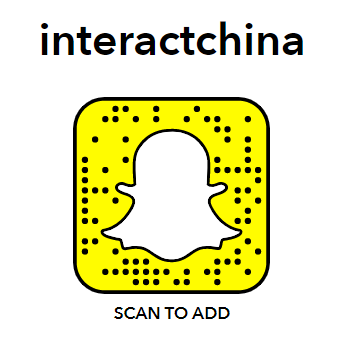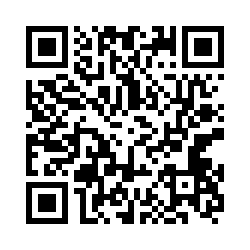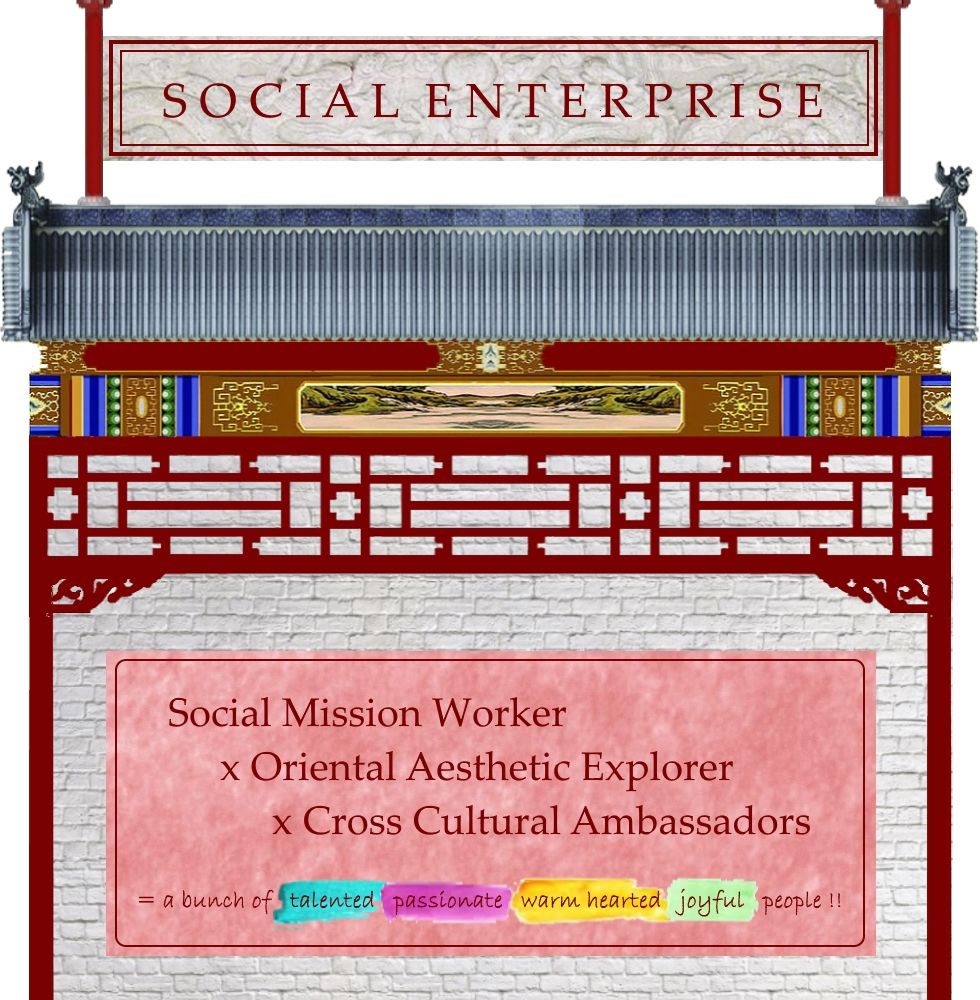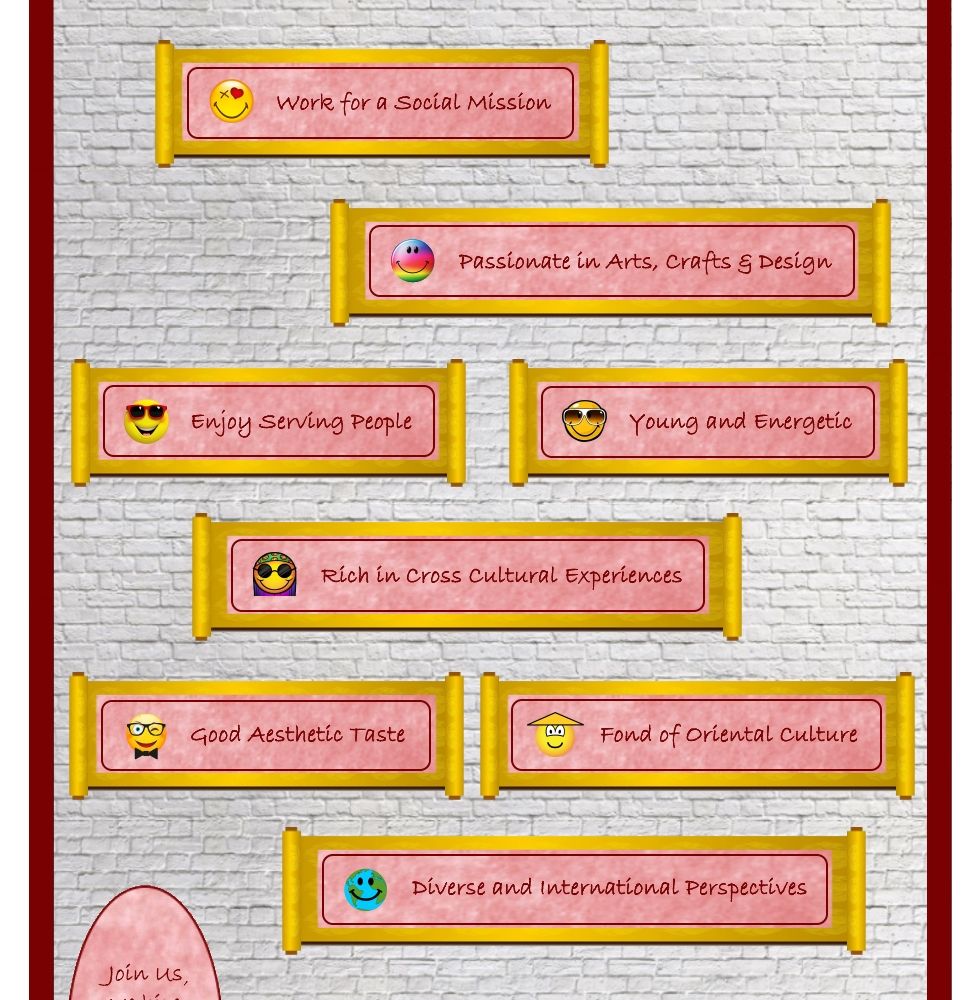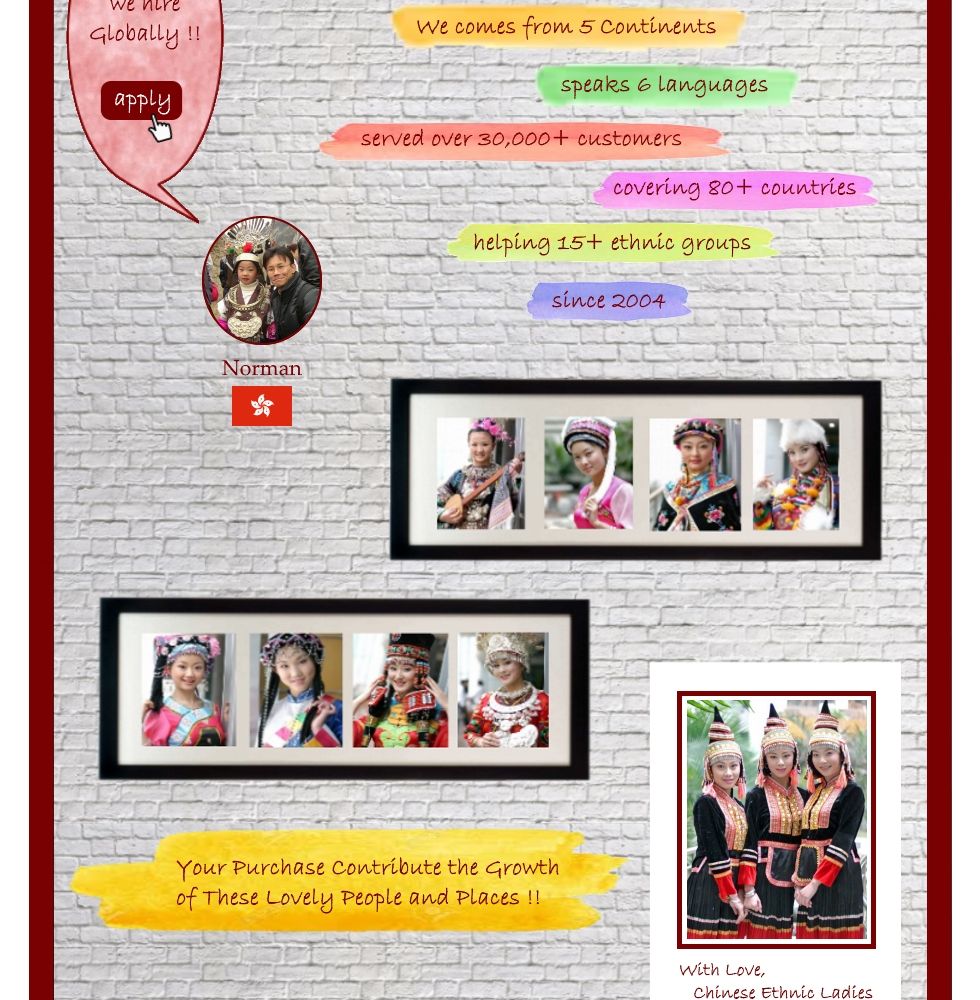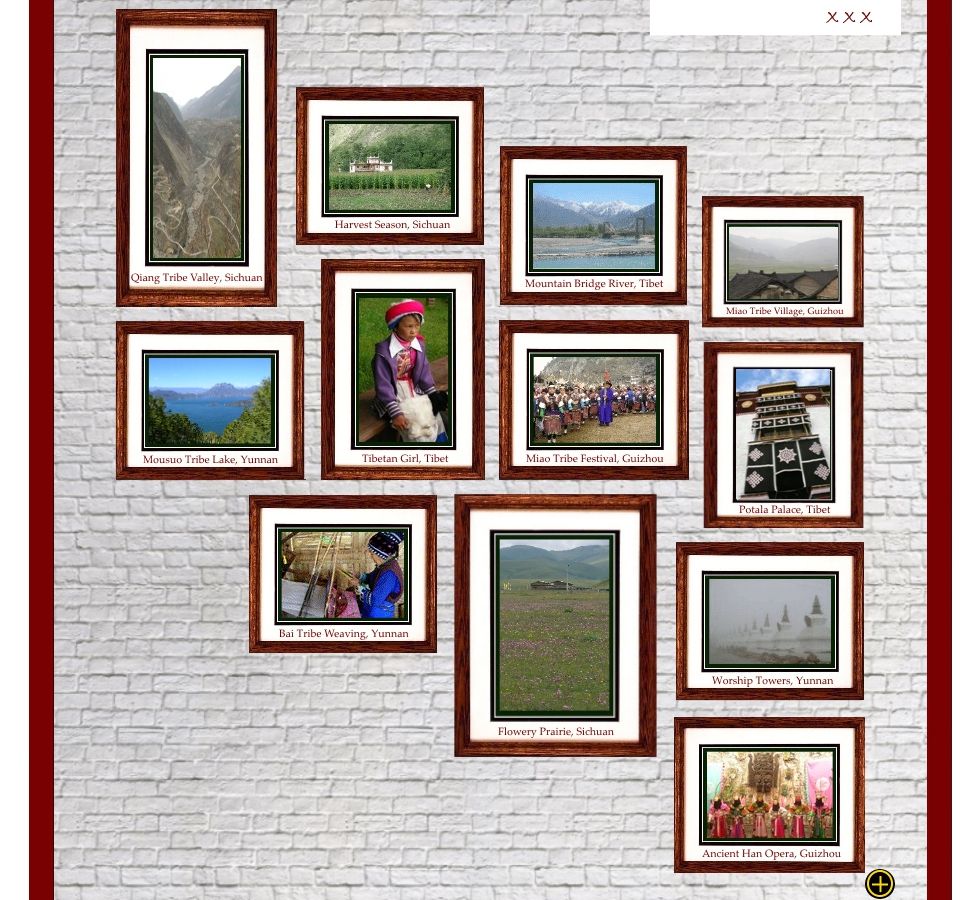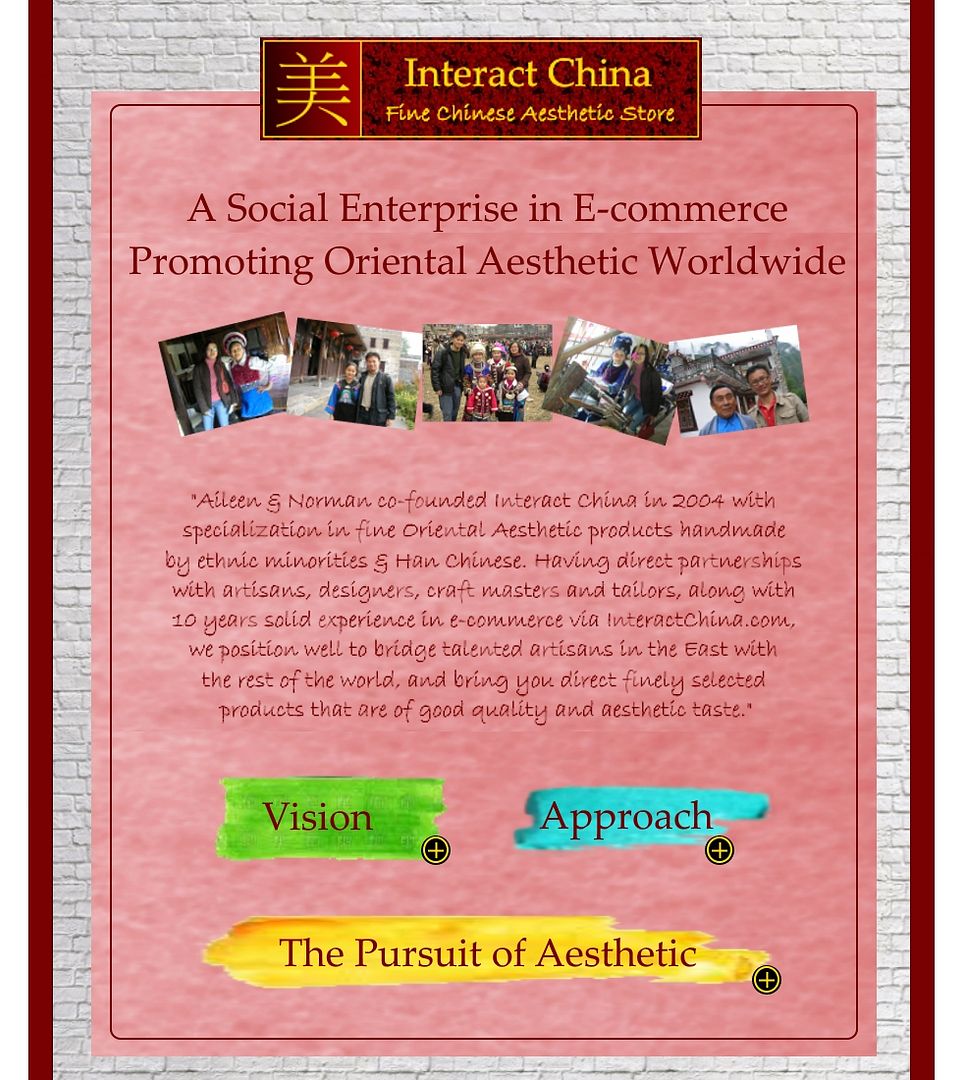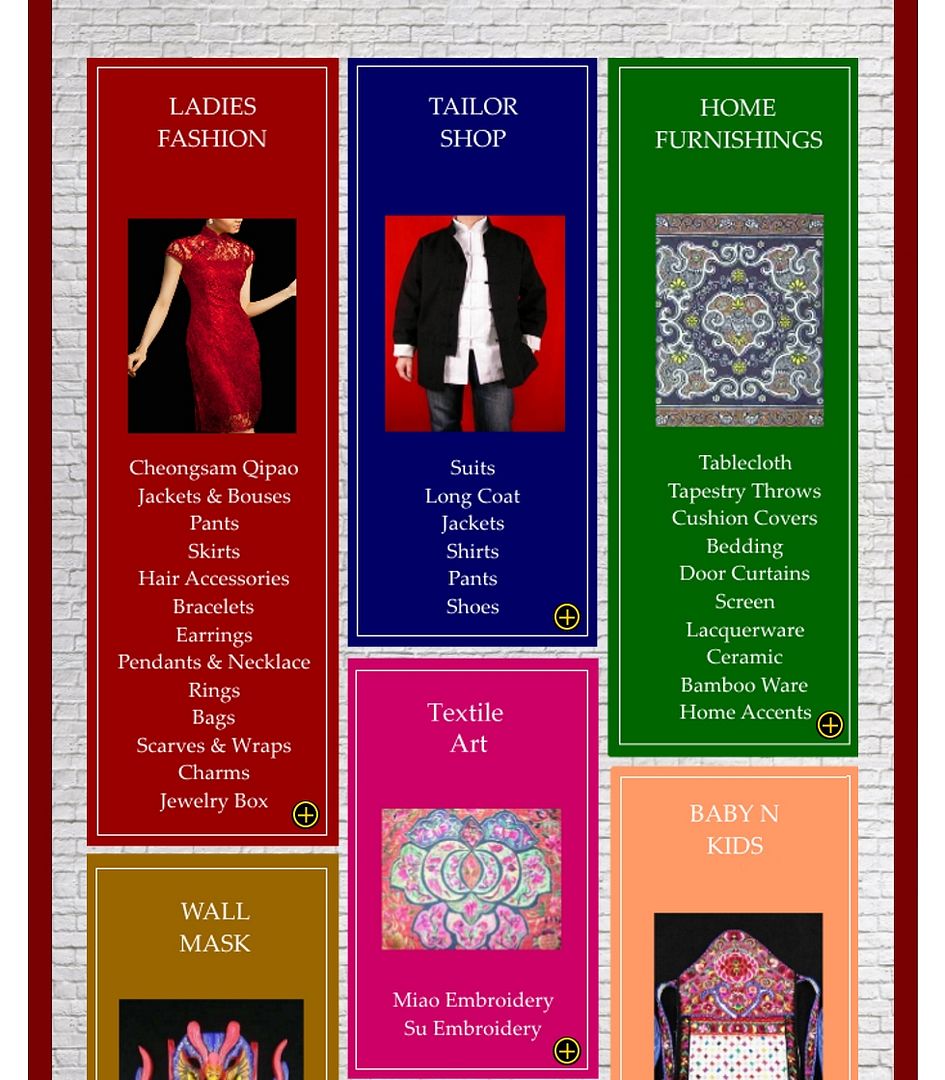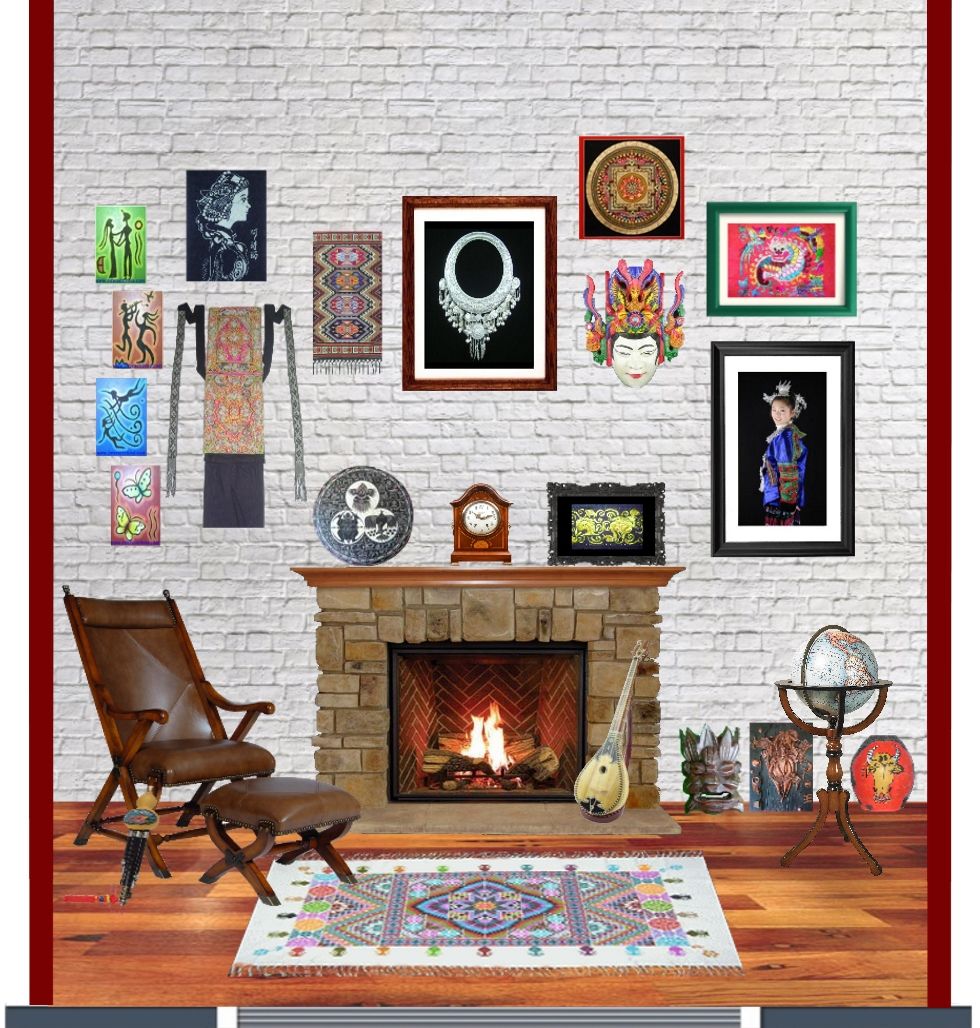Chinese Cheongsam Qipao
5th Jun 2017
Cheongsam,also known as Qipao or mandarin gown, is a body-hugging one-piece Chinese dress for women with distinctive Chinese features and enjoys a growing popularity in the international world of high fashion.
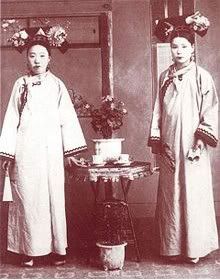
When the early Manchu rulers came to China, they organized certain people, mainly Manchus, into "banners" (qi) and called them "banner people" (qiren), which then became loosely the name of all Manchus. The Manchu women wore normally a one-piece dress which, likewise, came to be called "qipao" or "banner dress." Although the 1911 Revolution toppled the rule of the Qing (Manchu) Dynasty (1644 -1912 CE), the female dress survived the political change and, with later improvements, has become the traditional dress for Chinese women.
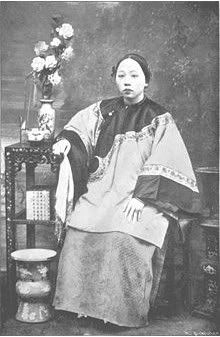
The evolution of the cheongsam is interesting. The traditional Qipao was just a long loosely-fitted and baggy dress. The women were required to wear it when then Qing dynasty forbade the use of Han Fu clothing carrying the penalty of death. It does not reveal much, only the head, hands and tips of the toes. But through the years, it was tailored to become more fitting and modern to fit the standard cheongsam we know today. The dress was developed in 1900s when the Qing dynasty ended. People sought to upgrade the Qipao with sleeker and fitting designs according to their taste.
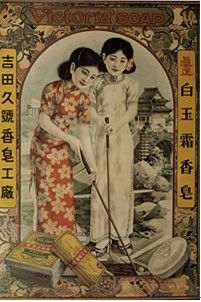 |
The updated version is a tight, body-hugging style with high cut and underpants which were emphasizes the shape of women. It is classic yet different greatly from the traditional design of the Qipao. The styles also vary according to change. As the world became more westernized, the basic Qipao design also changed. Sleeveless and high-necked motif became popular as well as bell-sleeves design. Beaded, satiny and velvety Qipao were also created for formal wear.
Easy to slip on and comfortable to wear, the cheongsam fits well the female Chinese figure. Its neck is high, collar closed, and its sleeves may be short, medium or full length, depending on season and taste. The dress is buttoned on the right side, with a loose chest, a fitting waist, and slits up from the sides, all of which combine to set off the beauty of the female shape.
The cheongsam is not too complicated to make. Nor does it call for too much material, for there are no accessories like belts, scarves, sashes or frills to go with it.
Another beauty of the cheongsam is that, made of different materials and to varying lengths, they can be worn either on casual or formal occasions. In
either case, it creates an impression of simple and quiet charm, elegance and neatness. No wonder it is so much liked by women not only of China but of foreign countries as well.
by Xiao Xiao @ InteractChina.com
ABOUT INTERACT CHINA
-----------------------------------------------------------------------------------------------------------------------------
"A Social Enterprise in E-commerce Promoting Oriental Aesthetic Worldwide"
Aileen & Norman co-founded Interact China in 2004 with specialization in fine Oriental Aesthetic products handmade by ethnic minorities & Han Chinese. Having direct partnerships with artisans, designers, craft masters and tailors, along with 10 years solid experience in e-commerce via InteractChina.com, we position well to bridge talented artisans in the East with the rest of the world, and bring you direct finely selected products that are of good quality and aesthetic taste.
So far we carry 2000+ goods covering Ladies Fashion, Tailor Shop, Home Furnishings, Babies & Kids, Painting Arts, Textile Arts, Carving Arts, Tribal Jewelry Art, Wall Masks and Musical Instruments. Our team speak English, French, German, Spanish and Italian, and serve customers worldwide with passion and hearts.
-----------------------------------------------------------------------------------------------------------------------------
P.S. We Need People with Similar Passion to Join Our Blogging Team!
If you have passion to write about Oriental Aesthetic in Fashion, Home Decor, Art & Crafts, Culture, Music, Books, and Charity, please contact us at bloggers@interactchina.com, we would love to hear from you!






